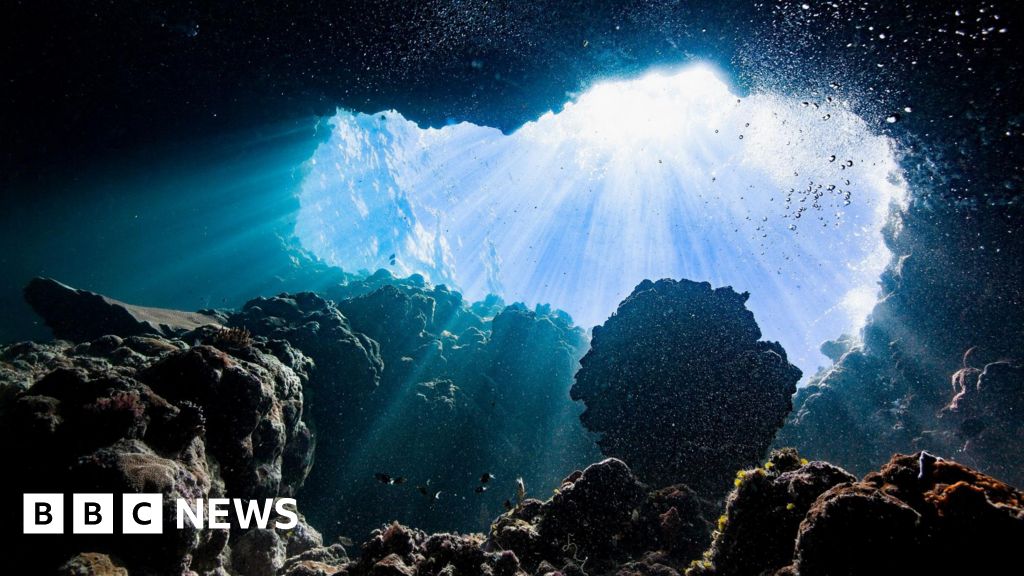- cross-posted to:
- [email protected]
- [email protected]
- cross-posted to:
- [email protected]
- [email protected]
Scientists have discovered “dark oxygen” being produced in the deep ocean, apparently by lumps of metal on the seafloor.
About half the oxygen we breathe comes from the ocean. But, before this discovery, it was understood that it was made by marine plants photosynthesising - something that requires sunlight.
Here, at depths of 5km, where no sunlight can penetrate, the oxygen appears to be produced by naturally occurring metallic “nodules” which split seawater - H2O - into hydrogen and oxygen.
Several mining companies have plans to collect these nodules, which marine scientists fear could disrupt the newly discovered process - and damage any marine life that depends on the oxygen they make.



Do you understand how the metal becomes a battery and how it can work consistently to split hydrogen and oxygen?
How it’s naturally charged and recharged?
Not OP, and I could be completely wrong on how these specific things work, but it seems to me like they work as a rudimentary voltaic pile:https://en.m.wikipedia.org/wiki/Voltaic_pile
Take a look at the diagram, and imagine a metal alloy or even little bits of metal close to each other, and imagine the electrolyte is seawater.
It’s a super basic accidental nature battery.
Just wait until you hear about basic accidental nature nuclear reactors… And no, I’m not joking.
SCIENCE, BITCH!
I would expect it to work like a galvanic anode.